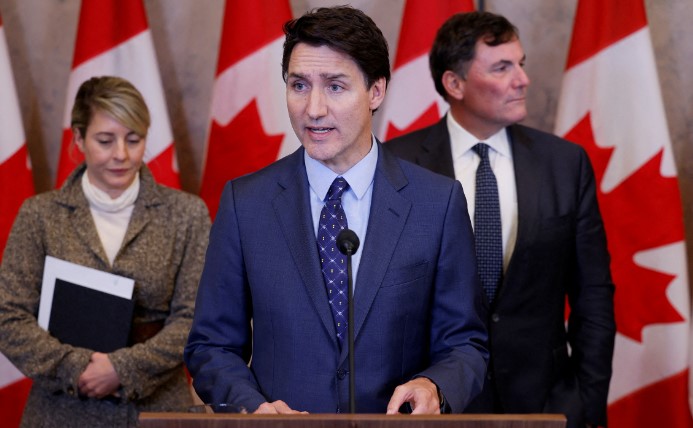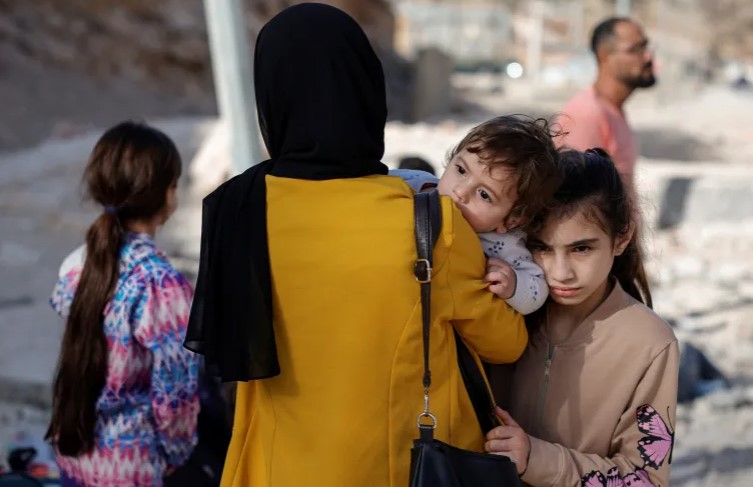WORLD NEWS

A recent World Bank report highlights alarming trends among the world’s 26 poorest countries, which are home to 40 percent of the most impoverished populations. The report, released on Sunday, reveals that these nations are more in debt than at any time since 2006 and are increasingly vulnerable to natural disasters and other shocks.
Current Economic Challenges
The findings indicate that these economies are, on average, poorer today than they were prior to the COVID-19 pandemic, even as many other countries have largely recovered and resumed growth. This setback underscores the ongoing struggle to eradicate extreme poverty and aligns with the World Bank’s ongoing efforts to raise $100 billion to replenish its International Development Association (IDA) financing fund for the world’s poorest countries.
The 26 countries included in the study, which have annual per-capita incomes of less than $1,145, are becoming more reliant on IDA grants and near-zero interest loans as access to market financing has diminished. Currently, their average debt-to-GDP ratio stands at 72 percent, marking an 18-year high, with half of these nations either in debt distress or at high risk of falling into it.
Most of the countries analyzed are located in sub-Saharan Africa, including Ethiopia, Chad, and the Democratic Republic of Congo, along with Afghanistan and Yemen. The report also highlights that two-thirds of these nations are either embroiled in armed conflicts or struggling to maintain order due to institutional and social fragility. This instability inhibits foreign investment and exposes these countries to frequent economic fluctuations as they primarily export commodities.
The Role of IDA
“At a time when much of the world simply backed away from the poorest countries, IDA has been their lifeline,” stated Indermit Gill, World Bank chief economist. Over the past five years, IDA has directed most of its financial resources to these 26 low-income economies, helping them navigate the historical setbacks they have faced.
IDA is typically replenished every three years through contributions from World Bank member countries. In 2021, it raised a record $93 billion, and World Bank President Ajay Banga aims to surpass that figure with over $100 billion in pledges by December 6.
Impact of Natural Disasters
Natural disasters have increasingly impacted these countries in the past decade, with the report noting that between 2011 and 2023, they suffered average annual losses equivalent to 2 percent of GDP, five times the average loss among lower-middle-income countries. This emphasizes the need for significantly higher investments in disaster resilience and preparedness.
Recommendations for Improvement
The report also outlines recommendations for these economies to enhance their self-sufficiency. This includes improving tax collection systems to better integrate their large informal sectors into formal tax frameworks. Simplifying taxpayer registration and administration processes, as well as enhancing the efficiency of public spending, are critical steps towards financial stability.
As the World Bank and International Monetary Fund prepare for their annual meetings in Washington, this report serves as a stark reminder of the urgent challenges facing the world’s poorest nations and the need for concerted global efforts to support their recovery and development.




